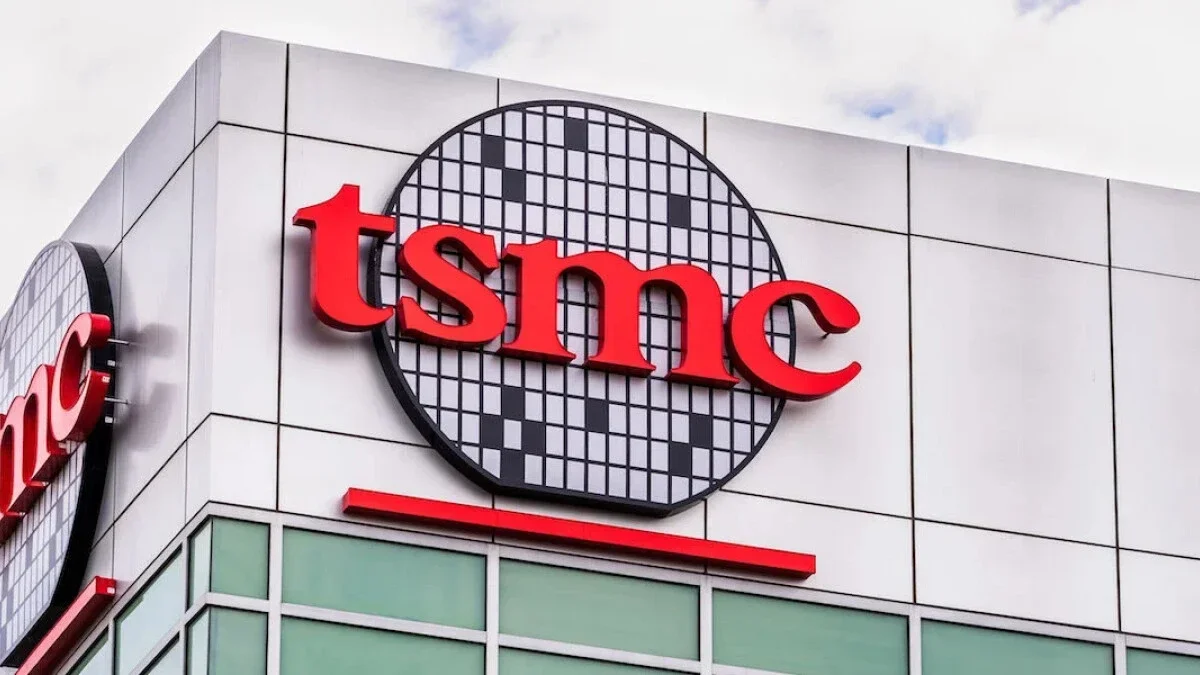In 2020, Apple and Huawei were the first to use TSMC’s 5nm process node for their A14 Bionic and Kirin 9000 SoC chipsets. Later, TSMC produced the first and only 3nm chip for use in a smartphone, the A17 Pro, which powers the iPhone 15 Pro and iPhone 15 Pro Max. The smaller the process nodes, the more transistors can fit inside a chip, making it more powerful and energy efficient.
Moving from 5nm to 3nm for the A17 Pro SoC, CPU speeds were found to be 10% faster, GPU speeds increased by 20%, and the Neural Engine was 2x faster on the iPhone.
Apple is expected to be the first to use a 2nm chipset once TSMC starts production for clients during the second half of 2025. The 2nm process will introduce Gate-all-around (GAA) transistors, which reduces current leaks and increases the drive current. TSMC is building two new fabs to accommodate the change to 2nm production, which will cost billions of dollars.
Before reaching 2nm, TSMC will use enhanced versions of its 3nm node, leading up to 2nm by the second half of 2025. TSMC has also showcased a 2nm chip prototype to Apple. After 2nm, TSMC is expected to feature a 1.4nm process node starting in 2027. Apple is already looking to reserve production capacity for the first year of both 1.4nm and 1nm capacity.











